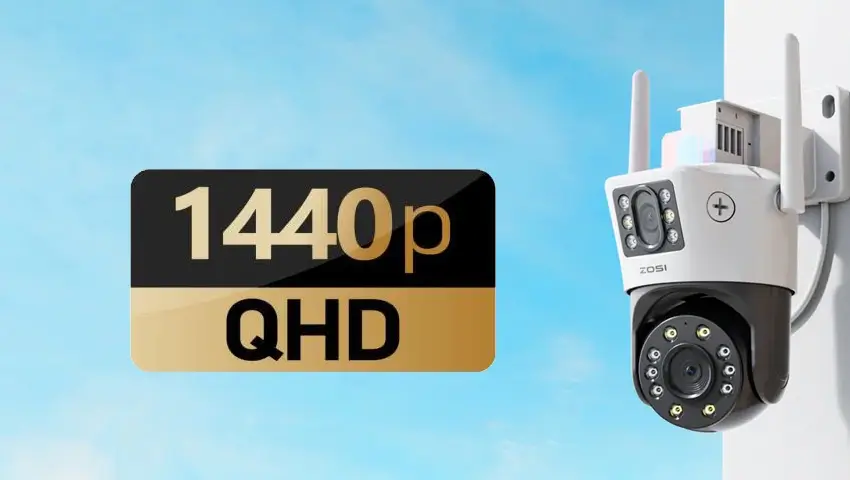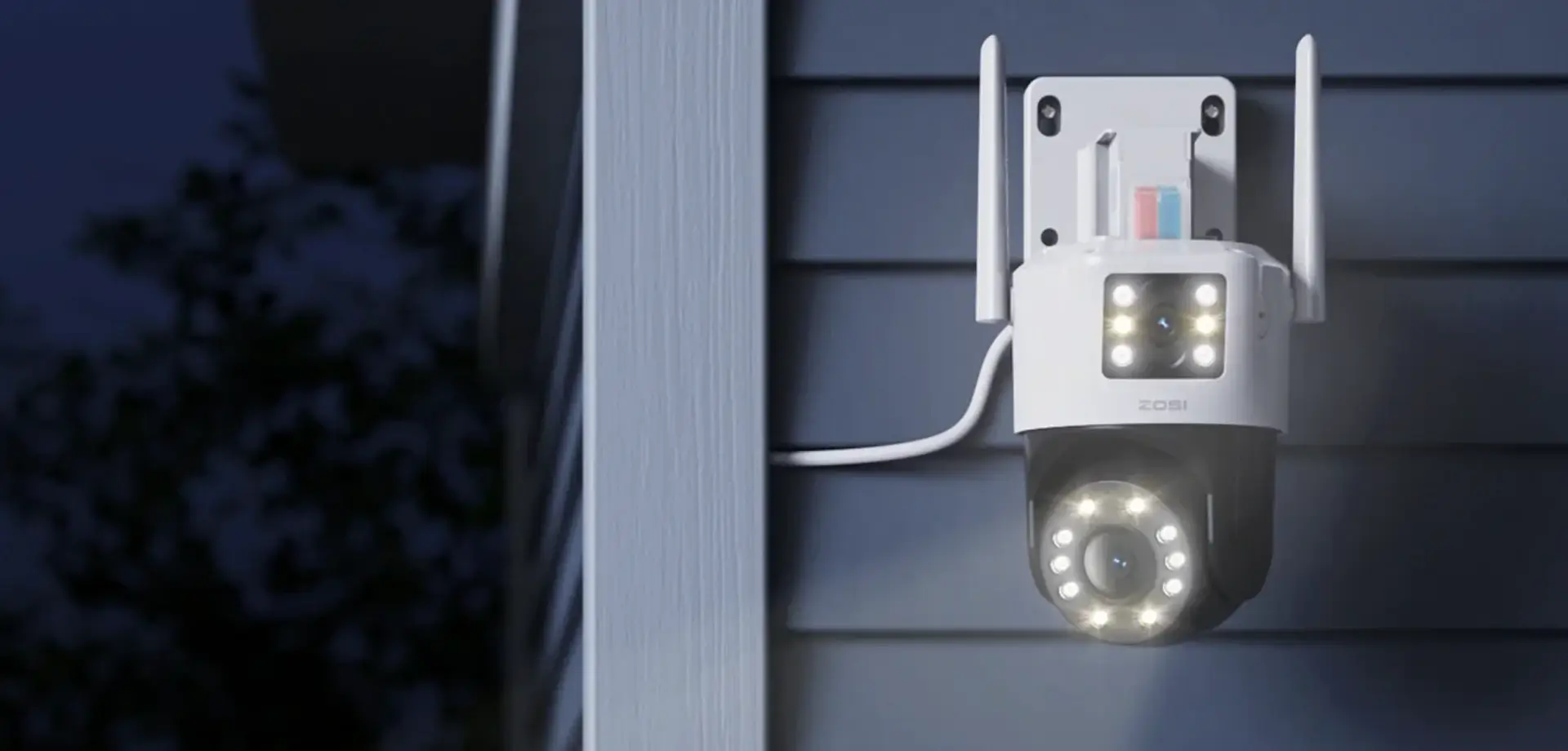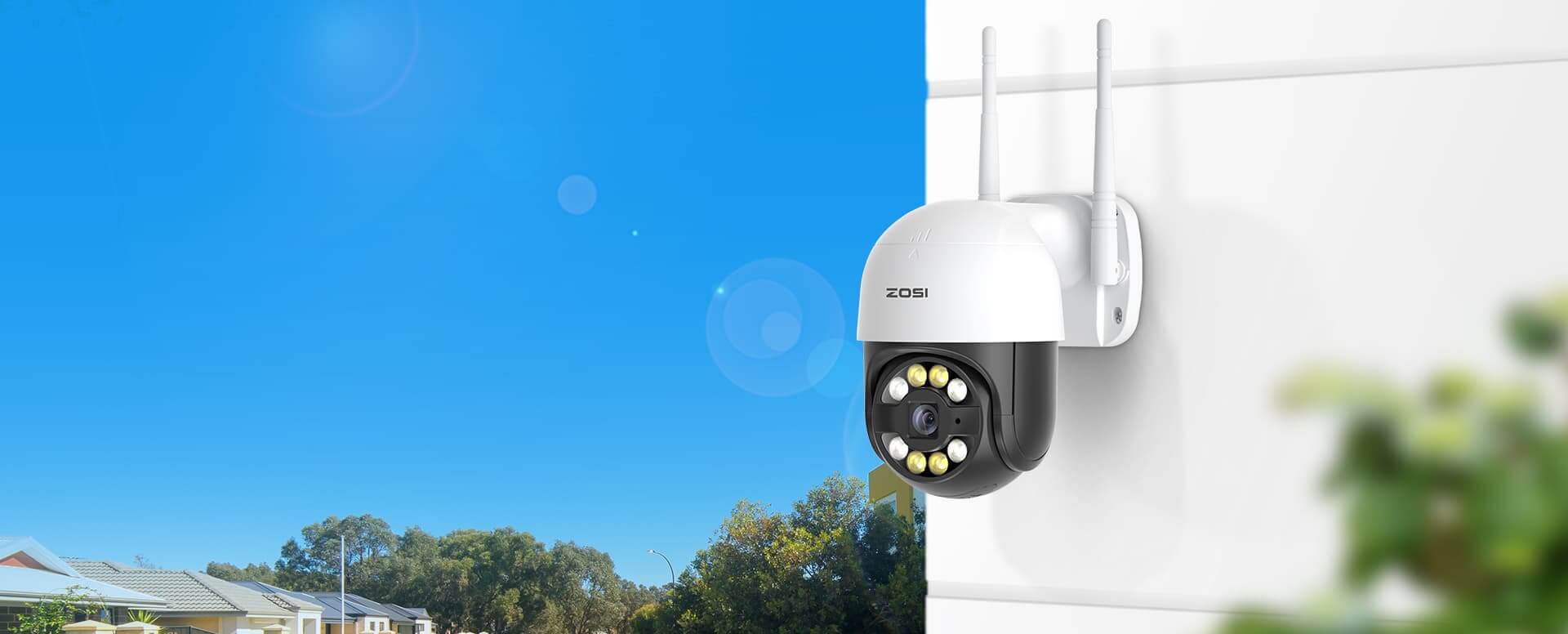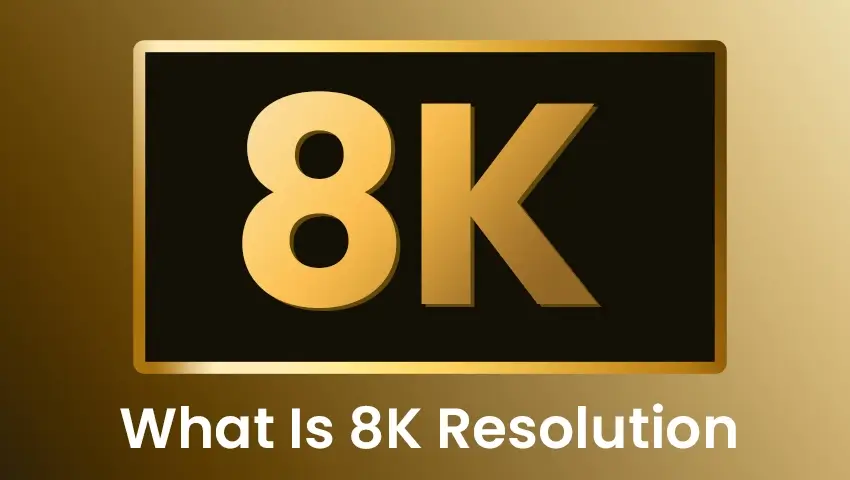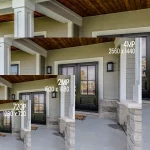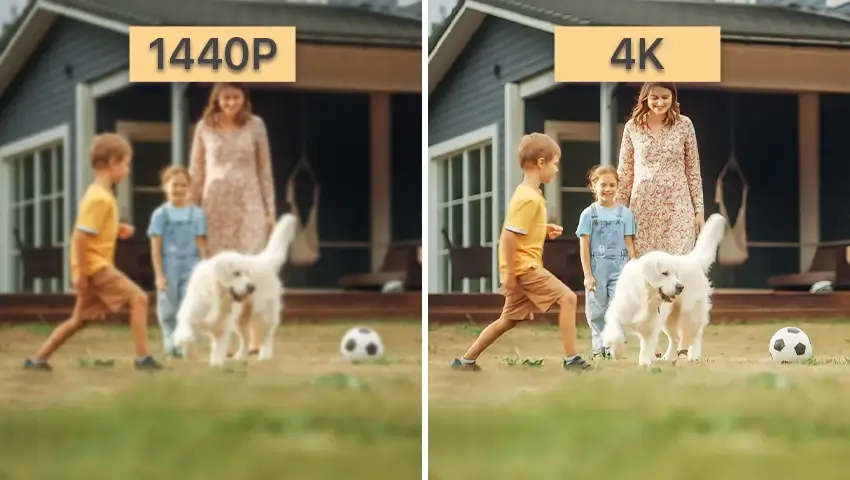1440p resolution, alternatively referred to as Quad HD or QHD, defines a display resolution of 2560 x 1440 pixels, offering an augmented visual experience compared to 1080p (Full HD) and 4K resolution. With over 3.6 million pixels, 1440p resolution positions itself between these two resolutions.
In this article, we will delve into the finer details of 1440p resolution, its distinct advantages, use cases, how to choose a 1440p display, and more to help you make informed decisions when selecting the perfect display resolution for your needs.
Contents
What is 1440p Resolution?
1440p resolution, also referred to as Quad HD or QHD, comprises a resolution of 2560 x 1440 pixels. This equates to over 3.7 million pixels, totaling twice that of 1080p resolution and four times less than 4K resolution. The term “1440p” specifically refers to the vertical resolution of 1440 pixels, and the “p” signifies “progressive scan,” meaning that the image is scanned sequentially from top to bottom.
In contrast to interlaced scanning, where alternate lines are scanned in sequence, progressive scanning offers smoother motion in video and eliminates artifacts from interlacing.
Ultrawide 1440p resolution monitors with a 21:9 aspect ratio are also popular choices, boasting a wider horizontal resolution of 3440 x 1440 pixels. This expanded ultrawide 1440p resolution offers a wider field of view, allowing more content to be displayed from side to side.
In summary, ultrawide 1440p resolution quadruples the pixels of 720p HD resolution and doubles the pixels of 1080p Full HD, offering a highly attractive “beyond HD” resolution that balances visual fidelity, performance, and cost. Contact us today to learn more about our advanced display solutions designed to fit your unique needs.
Beyond 1440p Resolution
While resolution for 1440p itself sits between Full HD and 4K resolutions, display technology continues advancing with resolutions beyond 1440p, providing a multitude of options to consider. These higher resolutions include:
- 4K: 4K resolution, also known as 2160p, quadruples the pixels again from 1440p to deliver exceptional clarity and detail at 3840 × 2160 pixels. With over 8 million pixels, 4K resolution is a great choice for those seeking stunning visual experiences. However, it demands a powerful GPU and optimization to run smoothly at high settings in games.
- 5MP: Lots of Monitors epitomize the 5MP display resolution, boasting a unique 2880 × 1620 resolution with an optimal aspect ratio to pack nearly 5 million pixels for crisper images and more vertical space. 5MP resolution strikes a similar balance between pixel density as 1440p and 4K, making it an adaptable and versatile choice.
Advantages of 1440p Resolution
1440p resolution offers a wealth of advantages compared to lower resolutions such as 720p and 1080p:
- Sharper Image Quality: With over twice as many pixels as 1080p, 1440p displays produce much sharper and more detailed images, enhancing fine details in photos, videos, and games. Text also looks crisper, improving productivity and reading efficiency.
- Enhanced Gaming Experience: The high pixel density of 1440p resolution provides vivid clarity, enhancing gaming visuals, textures, and special effects. Details remain sharp even during fast-motion gaming, making 1440p one of the most popular resolutions for PC gaming.
- Improved Multitasking: The increased horizontal resolution of 1440p allows for more windows and applications to fit on the screen simultaneously, facilitating efficient multitasking and productivity. Ultrawide 1440p monitors with their expansive aspect ratio take this even further.
- Immersive Media Consumption: 1440p resolution allows for movies and videos to be displayed beyond typical 1080p sizes while retaining clarity. Cinematic 21:9 ultrawide monitors are particularly captivating, and text and UI elements in media editing software also appear sharper.
In summary, 1440p resolution enhances clarity and immersion beyond 1080p HD without requiring heavyweight performance necessary for smooth 4K resolution.
1440p Resolution: Use Cases
1440p resolution’s balance of clarity and reasonable hardware demands caters to several key use cases:
1. 1440p Resolution Monitor
Monitors remain the most common application for 1440p resolution panels, ranging from 27 to 34 inches diagonally and catering to gaming, work, and general use. Boosted clarity, workspace, and high refresh rates up to 240Hz improve text sharpness, image detail, and immersive gaming experiences. Ultrawide 21:9 monitors provide even more horizontal space, and with graphics cards and computers handling 1440p becoming more affordable, 1440p monitors deliver meaningful visual upgrades without excessive premium costs compared to 1080p monitors.
2. 1440p Resolution Wallpaper
1440p visuals are also popular in the form of digital wallpapers for screens and devices, decorating high-resolution displays beyond 1080p. Using a 1440p resolution wallpaper that matches your monitor’s native resolution prevents scaling artifacts and maintains crisp icons, text, and other elements, enhancing image quality and viewer immersion.
3. 1440p Resolution TV
While 4K mostly dominates the TV space, some manufacturers like Samsung and TCL have released affordable mid-sized 1440p TVs. These TVs provide an upgrade over 1080p in clarity without demanding native 4K resolution, running at screen sizes between 40 and 65 inches. Their resolution falls between 1080p and 4K, filling a gap in the size-to-cost-to-resolution ratio.
4. 1440p Resolution PS5
Recent updates for Sony’s PlayStation 5 console enable support for 1440p resolution at up to 120Hz refresh rates, offering PS5 owners the opportunity to enjoy buttery smooth gameplay beyond HD 1440p resolution. 1440p enhances graphics sharpness compared to 1080p, even in motion, and supports high 120Hz+ refresh rates, surpassing 60 FPS.
How to Choose the Right 1440p Display?
If you’re planning to upgrade to an immersive 1440p resolution display, consider the following key factors:
- Panel Technology: Monitors and TVs commonly use two panel technologies: Vertical Alignment panels (VA) and In-Plane Switching (IPS) panels. IPS panels offer the best color accuracy and viewing angles, while VA panels boast a superior contrast ratio. Consider the intended use-case to choose the panel type that suits your needs.
- Refresh Rate: Gaming-oriented 1440p screens offer up to 240Hz refresh rates, while standard monitors offer 60Hz refresh rates. Higher refresh rates enable smoother visuals and lower latency, providing better gaming experiences. Choose refresh rates depending on the intended usage.
- Viewing Size: Popular options for 1440p monitors range from 27 inches to the immersive scale of 34 inches ultrawide. Consider the intended use case and available space when selecting a monitor size.
- Budget: 1440p monitors range from affordable models around 250 to high-end models at 800+. Budget is a crucial factor to consider when selecting a 1440p resolution display.
Investing in a monitor or display designed for native 1440p content maximizes the improved resolution benefit. Prioritizing essential aspects such as panel tech, refresh rate, screen size, and connectivity for your intended usage results in the best viewing experience possible.
Best 1440p Resolution Security Camera Recommendation
1. Dual Lens WiFi PTZ 1440P Security Camera – ZOSI 1NC-298
The 1NC-298 features a dual-lens (1440P + 1440P) design , combining a 4MP telephoto lens with an 8X electronic zoom-capable wide-angle lens. This configuration enhances clarity, allowing for the capture of crucial details from a distance.
Utilizing AI detection and auto tracking, the camera can automatically identify and differentiate between human and vehicle motion. Once detected, the camera initiates continuous tracking until the subject is no longer within its line of sight.
8MP PTZ Wifi Outdoor Camera With Dual Lens - 1NC-298
- 4MP+4MP Dual Lens
- Dual Lens Achieves Ultra-wide Field Of View
- AI Person Detection and Auto Tracking
- Starlight Color Night Vision
- Smart Motion Alerts Push
- Two-way Audio & Customize Voice Alerts
- SD Card Storage & Cloud Storage
Get more details from the 1440P security camera reviews here.
Below is a video shared by a user of 1NC-298.
2. Standalone PTZ 2K Security Samera – ZOSI 1NC-289
With a super HD resolution of 2560×1440, the 1NC-289 captures far more detail than 1080p cameras, enabling positive identification of people and vehicles from a distance. This is complemented by color night vision, which preserves and enhances full-color imaging rather than limited black-and-white rendering after dark.
The camera also boasts intelligent person and vehicle detection, avoiding false alerts triggered by other objects. Spotlight activation and rich push notifications on detection provide reassurance, while continuous recording, intelligent alert clips, and time-lapse modes offer comprehensive coverage, ensuring that nothing goes unnoticed.
Pan Tilt Wireless Camera Cameras - 1NC-289
- Pan & Tilt
- WiFi Connection
- Light & Siren Alarm
- AI Human Detection
- 2-Way Audio
FAQs
1. Is 1440p the same as 4K?
No, these two resolutions differ significantly. 1440p is also known as QHD or Quad HD, referring to its vertical pixel resolution of 1440 pixels (2560 × 1440 total). In contrast, 4K or 2160p resolution quadruples the pixel count of 1440p, boasting dimensions of 3840 × 2160 pixels.
2. What is the resolution of 1440p?
1440p resolution encompasses 2560 pixels horizontally and 1440 pixels vertically, delivering a total resolution of 2560 × 1440 pixels. This amounts to 3.7 million pixels in total, offering four times as many pixels as a 720p HD resolution (1280 × 720) and 2.25 times as many pixels compared to 1080p FHD (1920 × 1080).
3. How can I choose between 1080p and 1440p?
When undecided between a screen at 1080p resolution versus 1440p, consider your intended usage, desired screen size, and hardware. 1080p remains a mainstream resolution for 24 to 27-inch screens, with modest GPU requirements that run at high framerates.
Conclusion
1440p “Quad HD” resolution, with over 3.7 million pixels and dimensions of 2560 × 1440, occupies the graphics sweet spot between 1080p and 4K. Boasting a 2.25x higher pixel density than Full HD 1080p resolution, 1440p delivers substantially improved clarity and workspace, enhancing gaming, productivity, and entertainment experiences without the need for expensive flagship hardware required by 4K resolution.
